This article was co-authored by Andrey Stanev. Andrey Stanev is a Professional Dance Instructor specializing in ballroom, Latin and wedding dance. With over 25 years of instruction and dancing experience, Andrey is also the Owner of Ballroom Dance in NYC, a studio based in Manhattan, New York and in Hawthorne, New York. He was born and raised in Bulgaria and won the Bulgarian National Championship for Ballroom and Latin Dance in 2000-2001. He has also worked at the Fred Astaire Dance Studio where he received the Award for Outstanding Performance in the advanced department of teaching.
There are 10 references cited in this article, which can be found at the bottom of the page.
This article has been viewed 19,505 times.
The salsa, tango, and merengue are 3 of the most common dance styles people use to dance to Spanish music. The salsa is the most complicated of all of the styles, with the merengue being the easiest. Practice makes perfect, especially if you haven't performed any of these styles before. You can practice the merengue and tango by yourself. Practice salsa with a partner to improve rapidly.
Steps
Performing the Merengue
-
1Practice the move by performing small marching steps on each count. Focus on your footwork when you're learning how to perform this move. Count to 8 and march 1 step on each count. Don't lift your feet high and stamp them.[1]
- Do simple, small steps on each count to get the footwork right.
-
2Bend a knee on every second count. Once you've the footwork perfected, it's time to move to the knees. For each count, 1 of your knees should move forward with the other moving back.[2]
- For example, on count 1, bring your right knee forward. For count 2, bring your left knee forward and while you do that, move your right knee back.
Advertisement -
3Perform the step and the knee movements at the same time. Now that you've perfected basic stepping and knee movements, you can practice performing them both together. Step on each count and alternate which knee you move forward.[3]
- It might feel a little awkward at first but keep practicing it. Remember small steps are the key.
-
4Lift an arm on every second count. While you dance with your feet and knees, it's important to add some upper body movement to the mix. On the count of 1, bend your right elbow to bring your hand towards the center of your chest. On the count of 2, bring your right arm down and move your left arm to the center of your chest.[4]
- You can also lift your arms above your head to add a bit of style to the move.
-
5Stand side by side with your partner. Once you've perfected the basic moves, add a partner in. Stand side by side with your partner at the start of the dance. For practicing, you can stand face to face with your partner so both of you can help each other perfect the move.[5]
-
6Dance around your partner in sync with each other. While you start side by side with your partner, make sure you use the whole dance floor while you dance the merengue. You can slowly turn as you move or bend at the hips. You can dance in the same spot while your partner dances and moves around you.[6]
- Don't be afraid to mix it up and try some new moves.
Dancing the Tango
-
1Practice stepping to the basic count and tempo for the tango.[7] The tango involves 5 steps over 8 counts. These steps are slow, slow, quick, quick, slow. You can count to the tempo by saying the letters "t, a, n, g, o" in your head as you move. You can also think "walk, walk, tan, go, close" to keep the rhythm.[8]
- Practice moving to the tempo by stepping forward on the counts in the slow, slow, quick, quick, slow tempo.
-
2Execute the lead dancer's 5 steps if you're leading. First, step forward slowly with your left foot. Next, bring your right foot ahead of your left foot in a slow movement. Move your left foot in front again in a swift movement before stepping wide with your right foot in another quick movement.[9]
- Slowly bring your left foot towards your right to finish the move.
-
3Perform the following dancer's 5 steps if you're following. The follower should start the move opposite the leader. For the first step, bring your right foot back slowly. Then bring your left foot back behind your right foot in your next slow move. Move your right back behind your left foot in a quick move and step wide with your left foot.
- Bring your right foot into your left foot to complete the move.[10]
-
4Use a staccato action as you move your feet. This type of move is one of the primary characteristics of the tango. Lift your feet and place them back down on the floor in a quick, swift, staccato move.[11]
-
5
Doing the Salsa
-
1Practice the counting and tempo for salsa dancing. Dancing depends on tempo and salsa is no different.[13] In most of the salsa dancing you'll be doing, you'll have to step on counts 1, 2, 3, 5, 6, and 7. Dance in a tempo where you move fast, fast, slow, fast, fast, slow for each of these counts. Practice getting the tempo right by tapping your feet or stepping forward on the counts.[14]
- The reason you don't dance on counts 4 and 8 is because you have to draw out the slow steps. Leaving out counts 4 and 8 gives you more time to draw out the slow step.
-
2Change direction on count 1 or on count 2. The change of direction in salsa is also called the breaking step. You can either perform your breaking step on the count of 1 or on the count of 2.[15]
- If you decide to do the breaking step on 1, do it on 5 as well. If you choose to do the breaking step on 2, you'll be doing it on 6.
- Use the breaking step to make sure you're on time. If you're doing the breaking step on the wrong count, you're out of rhythm.
-
3Practice leading your partner across your body. This is also known as the "cross body lead." On the count of 3, you should start performing the cross body lead. The lead dancer needs to move their foot forward on 1, with the follow dancer moving their foot back. On 2, the lead dancer has to step to the side with their other foot. On 3, the lead needs to move their other foot to open up their body. This allows the follow to move across the lead dancer's body.[16]
- Pause on 4. Step your foot on 5 to keep your timing right. On 5, the follow dancer moves across while the lead guides them.
- On 6, the lead dancer steps with their left foot to move back into place in front of the follow. On 7, the lead brings their body back around so they are face to face with the follow.
-
4Perform the change of place move on counts 4, 5, and 6. The change of place is a useful move as it allows both dancers to get into position. The leader should open their body on 1, and pull the follower into the inside turn on 2. The leader and the follow should be holding opposite hands. When the follower moves in, the 2 dancers should execute the change of turn by lifting their hands and turning.[17]
- On counts 4, 5, and 6, the leader should change places with the follower as the follower turns.
-
5Execute the shoulder catch move after the change of place move. The follower and leader need to hold opposite hands for this move. The follower needs to step away from the leader, with the leader and follower holding each other's fingers. The follower should step away into a perpendicular position to the leader.[18]
- As the follower twists, the leader steps in behind and to the side of the follower, placing a hand on their back to provide support for when they finish the turn.
-
6Perform the ocho dance move starting on count 1 or 5. The ocho is a very popular and more freestyle move in salsa dancing. To perform the ocho, take a step back on count 1 or 5 and take 2 steps forward on counts 2, 3, 6, and 7.[19]
- There's no limit to the number of ochos you can do in a row.
References
- ↑ https://youtu.be/RNNFnihlv70?t=17s
- ↑ https://www.passion4dancing.com/category/dance-instruction-videos/merengue-dance-lessons/
- ↑ https://www.passion4dancing.com/category/dance-instruction-videos/merengue-dance-lessons/
- ↑ https://www.passion4dancing.com/category/dance-instruction-videos/merengue-dance-lessons/
- ↑ https://youtu.be/RNNFnihlv70?t=17s
- ↑ https://www.passion4dancing.com/category/dance-instruction-videos/merengue-dance-lessons/
- ↑ Andrey Stanev. Professional Dance Instructor. Expert Interview. 20 May 2020.
- ↑ https://www.ballroomdancers.com/Dances/info.asp?sid=240
- ↑ https://www.ballroomdancers.com/Dances/info.asp?sid=240
- ↑ https://www.ballroomdancers.com/Dances/info.asp?sid=240
- ↑ https://www.tejastango.com/beginning_tango.html
- ↑ https://www.tejastango.com/beginning_tango.html
- ↑ Andrey Stanev. Professional Dance Instructor. Expert Interview. 20 May 2020.
- ↑ https://thedancedojo.com/how-to-salsa-dance-for-beginners/
- ↑ https://thedancedojo.com/how-to-salsa-dance-for-beginners/
- ↑ https://www.youtube.com/watch?v=gBcaVdrJ0Do
- ↑ https://www.youtube.com/watch?v=aEEuxA5H_Es
- ↑ https://www.youtube.com/watch?v=JSB5AYp5_Lk
- ↑ https://thedancedojo.com/blog/ochos/
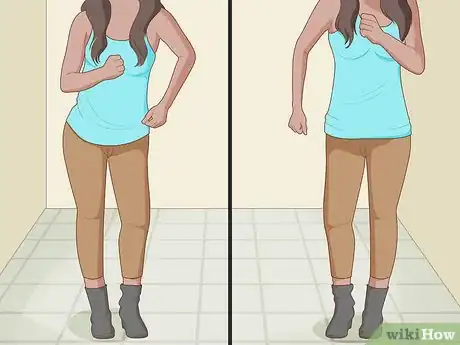
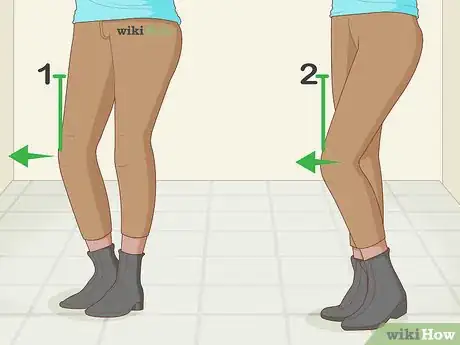

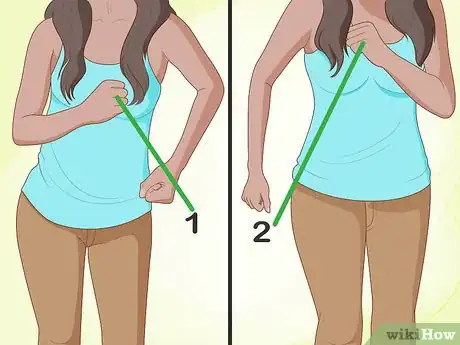
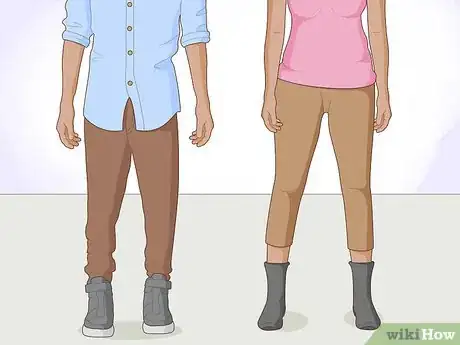
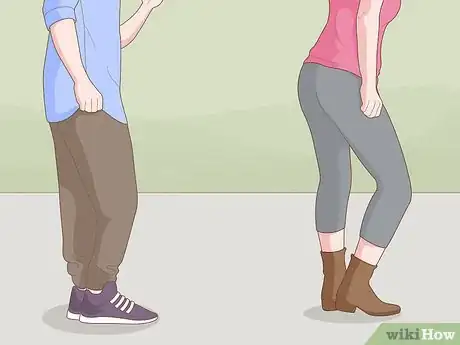
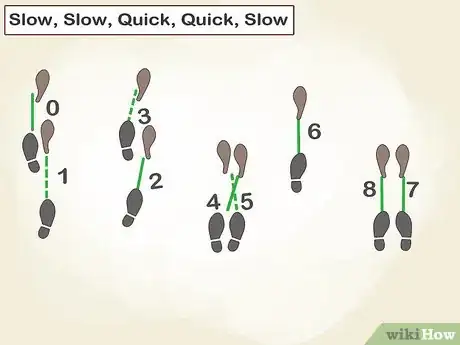

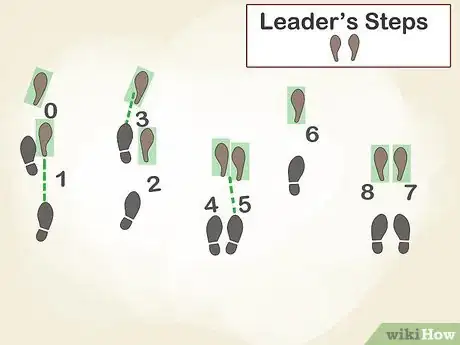
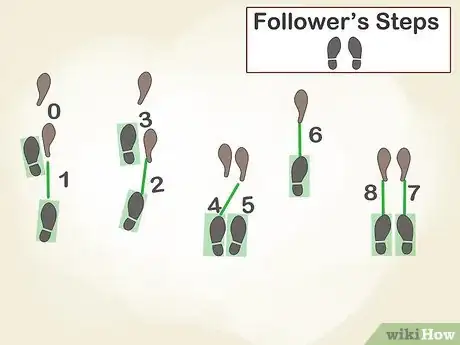
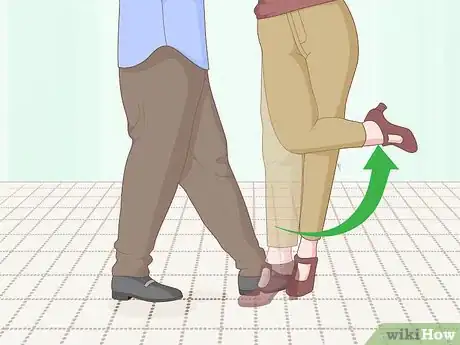
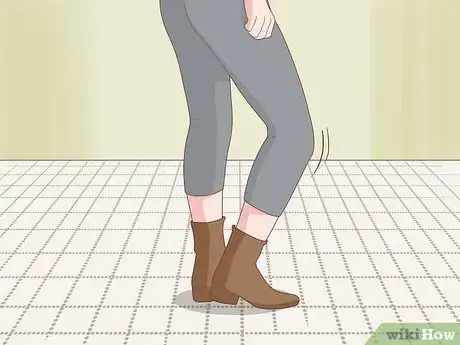
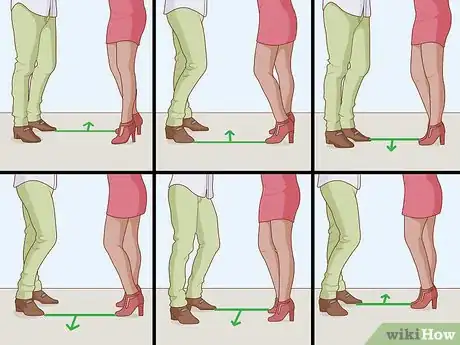
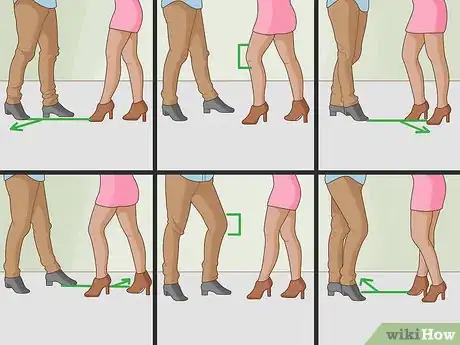
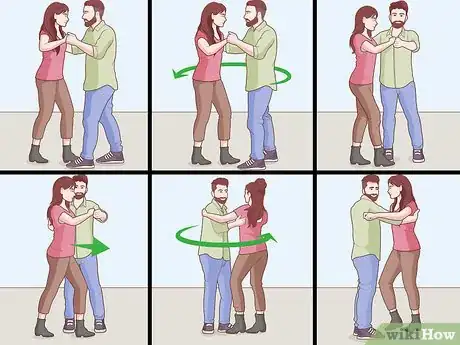
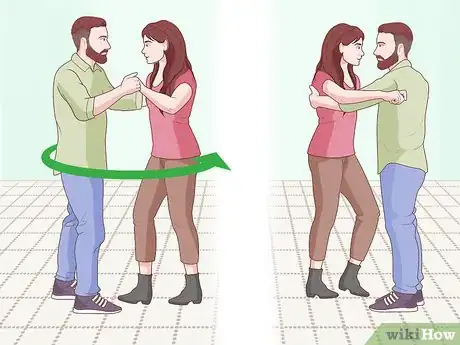
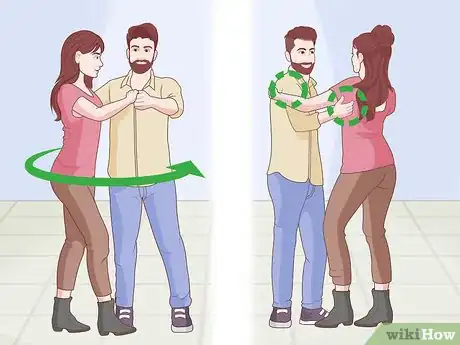
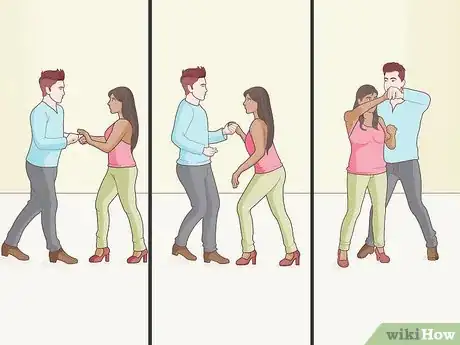
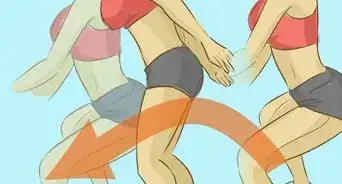
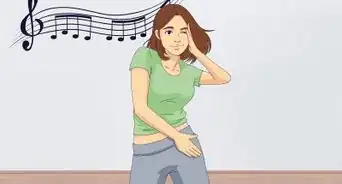
-Step-19-Version-2.webp)
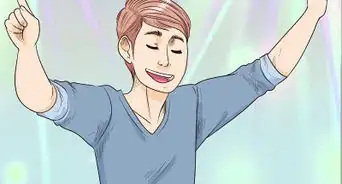

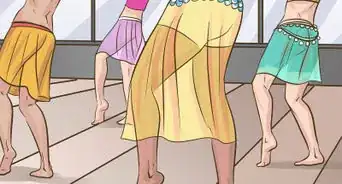

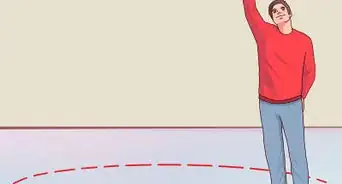

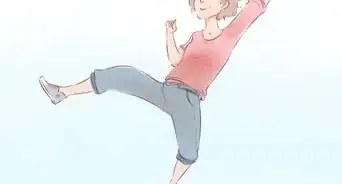
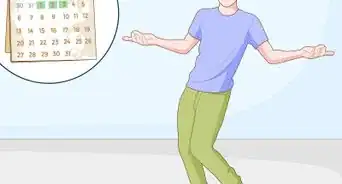
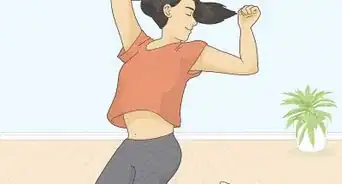







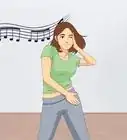
-Step-19-Version-2.webp)



































